Java 24's Game-Changer: Embracing Post-Quantum Cryptography
2024-12-16
Author: Liam
Java 24's Game-Changer: Embracing Post-Quantum Cryptography
As the digital landscape evolves, so too does the need for advanced security measures. In a groundbreaking move, Java 24, set for release in March 2025, will introduce two crucial Java Enhancement Proposals (JEPs) aimed at integrating Post-Quantum Cryptography (PQC) into the programming language. These are:
- **JEP 496**: Quantum-Resistant Module-Lattice-Based Key Encapsulation Mechanism
- **JEP 497**: Quantum-Resistant Module-Lattice-Based Digital Signature Algorithm
The Urgent Need for Post-Quantum Security
Traditional public key cryptography relies on complex mathematical problems that are computationally prohibitive to solve, allowing secure communication between parties who have not exchanged keys in advance. However, the rise of quantum computing poses a significant threat to this system. Quantum computers leverage the unique properties of quantum bits (qubits), which can exist in multiple states simultaneously, thus enabling them to solve problems, such as factorization, much faster than classical computers.
Imminent advancements in quantum technology, particularly Shor's algorithm, could undermine well-established cryptographic algorithms like RSA and Diffie-Hellman, throwing the security of online communications into jeopardy.
A New Era of Encryption: Lattice-Based Approaches
The introduction of ML-KEM aligns with the urgent need for resilient security measures against quantum threats. This new standard, approved by the National Institute of Standards and Technology (NIST), employs lattice-based cryptography—an innovative approach that utilizes n-dimensional lattices to secure data. This method not only enhances security but also facilitates the creation of public-key schemes that remain robust against quantum attacks.
The mathematical foundation of this system is notably centered on "Learning with Errors" (LWE), a concept that represents secret information through error-prone equations. Since its emergence in the mathematical research community around 2010, LWE has shown considerable promise in creating secure encryption protocols that defend against future quantum capabilities.
Preparing for a Quantum Future
Though large-scale quantum computers capable of breaking 2048-bit keys are not yet a reality, the urgency cannot be overstated. The U.S. government has mandated an upgrade to quantum-resistant standards for sensitive information systems within the next decade. The NSA aims to transition fully to post-quantum standards by 2033, signaling the seriousness of these threats.
Currently, researchers have managed to apply quantum methods to RSA encryption successfully, but this development only factors a 50-bit integer—a fraction of the key lengths in practice today. A growing consensus suggests that nation-states and malicious actors might begin capturing and hoarding encrypted communications now, intending to decrypt them once quantum computing goes mainstream.
The Road Ahead: Challenges and Opportunities
While the journey towards quantum resistance is fraught with challenges, such as developing robust quantum computers and establishing clear migration paths for existing systems, it is crucial to act now. History indicates that delays could lead to interoperability issues—hence the proactive step of integrating PQC into Java applications is vital.
In light of Java's persistent relevance in the software development arena, these JEPs symbolize not just a compliance with upcoming standards, but a substantial leap towards a secure future in data protection. As we stand on the brink of a new era, the proactive measures being adopted in Java's latest release reflect an essential forward-thinking strategy in digital security.
The Clickbait Conclusion
Stay ahead of the curve! Discover how Java's post-quantum efforts could safeguard the future of your data—before it's too late!









 Brasil (PT)
Brasil (PT)
 Canada (EN)
Canada (EN)
 Chile (ES)
Chile (ES)
 España (ES)
España (ES)
 France (FR)
France (FR)
 Hong Kong (EN)
Hong Kong (EN)
 Italia (IT)
Italia (IT)
 日本 (JA)
日本 (JA)
 Magyarország (HU)
Magyarország (HU)
 Norge (NO)
Norge (NO)
 Polska (PL)
Polska (PL)
 Schweiz (DE)
Schweiz (DE)
 Singapore (EN)
Singapore (EN)
 Sverige (SV)
Sverige (SV)
 Suomi (FI)
Suomi (FI)
 Türkiye (TR)
Türkiye (TR)